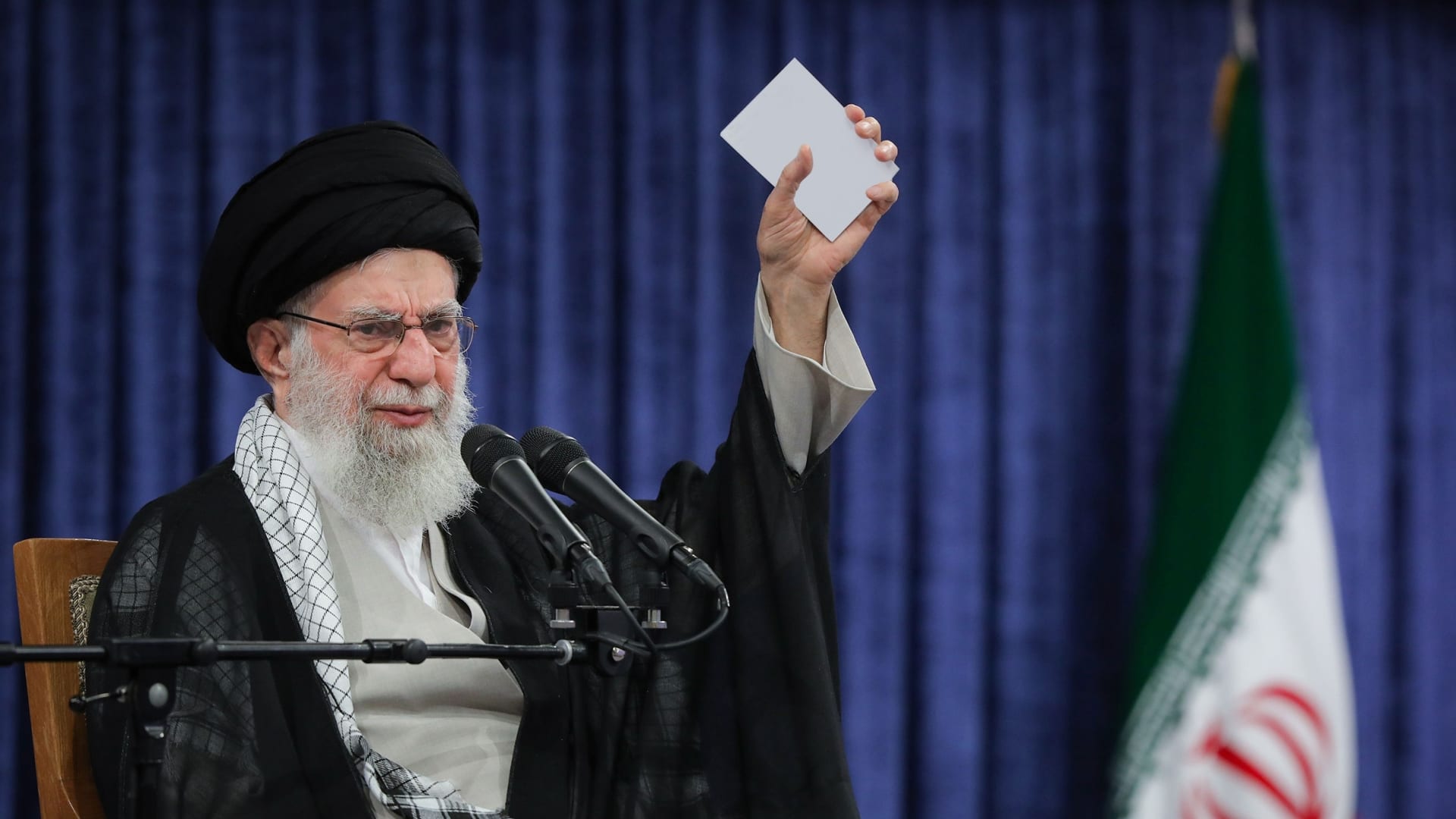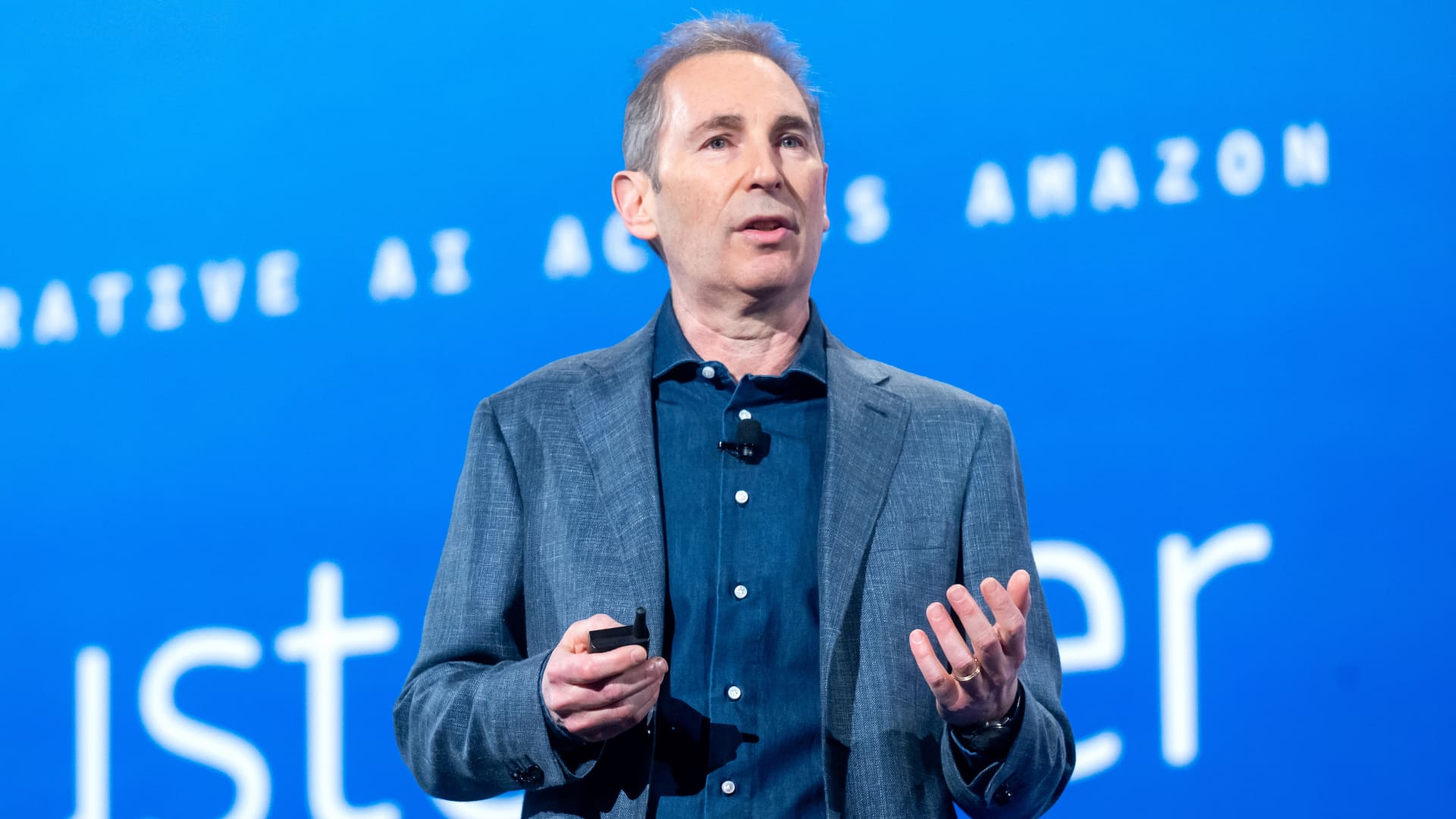The Tax Cuts and Jobs Act, or TCJA, of 2017, temporarily boosted the maximum child tax credit to $2,000 from $1,000, which will expire after 2025 without action from Congress.
If enacted, the Senate bill would permanently increase the biggest credit to $2,200 starting in 2025, according to a draft of the text released on Monday. The measure would also index this figure for inflation after 2025.
By comparison, the House-approved bill would boost the top child tax credit to $2,500 from 2025 through 2028. After that, the credit’s highest value would drop to $2,000 and be indexed for inflation.
More from Personal Finance:
‘SALT’ deduction in limbo as Senate Republicans unveil tax plan
What the Fed’s upcoming decision on interest rates could mean for your money
Senate GOP plan may trigger ‘avalanche of student loan defaults,’ expert says
It’s unclear how the final provision may change before Trump signs the package into law. However, in either version, the changes wouldn’t benefit the lowest-earning families, some policy experts say.
“It’s extremely disappointing,” said Kris Cox, director of federal tax policy with the Center on Budget and Policy Priorities’ federal fiscal policy division. “The [child tax credit] increase will go to families with middle and upper incomes.”
Here’s how the tax break works and who could benefit if Congress enacts the updates.
How the child tax credit works
For 2025, the tax break is worth up to $2,000 per qualifying child under age 17 with a valid Social Security number. Up to $1,700 is “refundable” for 2025, which provides a maximum of $1,700 once the credit exceeds taxes owed.
“If you have very low income, you can’t access the full $2,000 credit,” and the tax break phases out for “very high-income families,” said Elaine Maag, senior fellow in the Urban-Brookings Tax Policy Center.
After your first $2,500 of earnings, the child tax credit value is 15% of adjusted gross income, or AGI, until the tax break reaches that peak of $2,000 per child. The tax break starts to phase out once AGI exceeds $400,000 for married couples filing together or $200,000 for all other taxpayers.

The ‘central problem’ with the child tax credit
Under current law, 17 million children don’t receive the full child tax credit, according to Cox from the Center on Budget and Policy Priorities. The reason is many families earn too little and they don’t owe taxes.
The Senate and House proposals don’t change that “central problem,” she said.
In 2024, the House passed a bipartisan bill to address this issue by boosting the refundable portion of the credit, but the legislation later failed in the Senate.
The proposed higher child tax credit comes as the U.S. fertility rate hovers near historic lows, which has troubled lawmakers, including the Trump administration.
Some research suggests financial incentives, like a bigger child tax credit, could boost U.S. fertility. But other experts say it won’t solve the issue long-term.
















Leave a Reply